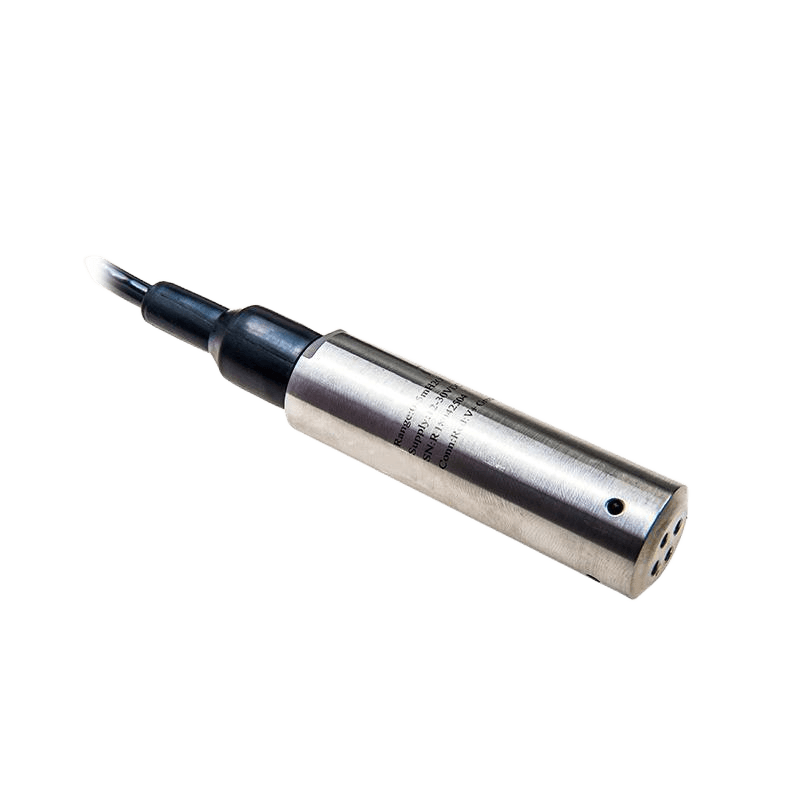A hydrological meteorological station is a critical system used for monitoring environmental factors such as temperature, humidity, wind speed, and water levels. These stations play a vital role in natural disaster early warning, climate research, and water resource management. In this article, we will look at the different sensors used in these stations. We will also discuss how they help gather accurate environmental data.
Temperature sensors are essential components in hydrological meteorological stations, as they measure both air and water temperatures. Air temperature data is important for weather forecasting and understanding climate trends. Water temperature data helps us study aquatic ecosystems and how they respond to seasonal changes.
Function: Provide accurate readings of temperature fluctuations, enabling researchers to predict weather patterns and monitor changes in water bodies.
Applications: Climate studies, weather forecasting, aquatic life monitoring.
Humidity sensors (also known as hygrometers) are responsible for measuring the amount of moisture present in the air. Relative humidity plays a significant role in weather phenomena, such as rainfall, cloud formation, and dew point evaluation.
Function: Measure the relative humidity in the atmosphere, aiding in predicting rainfall and understanding evaporation rates.
Applications: Weather prediction, climate modeling, drought forecasting.
Anemometers and wind vanes are used to measure wind speed and wind direction, respectively. Wind data is crucial for weather forecasting, storm prediction, and understanding atmospheric circulation.
Function: Provide data on wind conditions, helping predict severe weather events like hurricanes or tornadoes.
Applications: Weather forecasting, climate research, storm tracking.
Barometric pressure sensors measure atmospheric pressure, which is vital for weather prediction. Changes in air pressure often happen when weather systems approach. These systems include high or low-pressure areas. They can affect rainfall and temperature.
Function: Monitor shifts in atmospheric pressure, aiding in weather forecasting and the prediction of storm systems.
Applications: Weather forecasting, storm and cyclone tracking.
Rain gauges are used to measure rainfall levels in a given area. This data is essential for flood prediction, drought management, and agricultural planning.
Function: Accurately measure the amount of rainfall over a specified period, providing crucial data for water resource management.
Applications: Flood prediction, agricultural planning, drought monitoring.

Water level sensors measure the height of water bodies such as rivers, lakes, and reservoirs. They are crucial in flood monitoring and managing water levels for irrigation and hydroelectric power generation.
Function: Provide real-time data on water levels, helping to prevent flooding and optimize water storage.
Applications: Flood forecasting, water resource management, hydroelectric power monitoring.
In Hydro-Met Station, soil moisture sensors measure the amount of water present in the soil. This is especially useful for agricultural applications, ensuring optimal irrigation and soil health.
Function: Monitor soil moisture content, aiding in irrigation planning and agricultural water usage efficiency.
Applications: Agriculture, drought management, soil health monitoring.
Solar radiation sensors measure the intensity of sunlight reaching the Earth's surface. These sensors provide data essential for understanding energy distribution and its effect on weather patterns.
Function:
Measure the amount of solar energy hitting the Earth’s surface, crucial for climate studies and renewable energy research.
Applications: Climate research, solar energy studies, weather forecasting.
In conclusion, hydrological meteorological stations use different sensors to gather important data on weather, water, and soil conditions. These sensors—temperature, humidity, wind speed, barometric pressure, rainfall, water level, soil moisture, and solar radiation—work together. They provide real-time information that is important for accurate forecasting and good resource management. Whether for flood prediction, climate research, or agricultural planning, these sensors form the backbone of environmental monitoring systems.
If you help set up or maintain a weather station, it’s important to use good sensors. This ensures accurate and reliable data collection. Explore our range of advanced sensors designed for environmental monitoring and enhance your station’s capabilities today.
Discover how real-time weather station data impr
Discover how Automatic Weather Stations (AWS) ar
Discover how CODA gas sensors are the invisible
Contact: Molly
Phone: +86-17775769236
Tel: 86-0731-85117089
Email: molly@codasensor.com
Add: Building S5, Aux Square, Yuelu District, Changsha City, Hunan Province, China
We chat